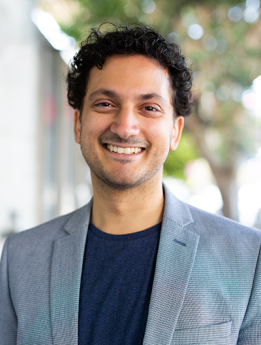
Chief Technology Officer, pixofarm
Ph.D. in Computer Science, Universita' degli Studi di Genova
M.S. in Computer Science, Universita' degli Studi di Napoli Federico II
B.S. in Computer Science, Universita' degli Studi di Napoli Federico II
I combine my expertise in Computer Science, Computer Vision, Machine Learning and Assistive Technologies to create new technology for blind individuals to make travel, employment and education accessible. My main research focuses on developing tools to reduce accessibility barriers in the Science, Technology, Engineering and Mathematics (STEM) fields and in online media.
